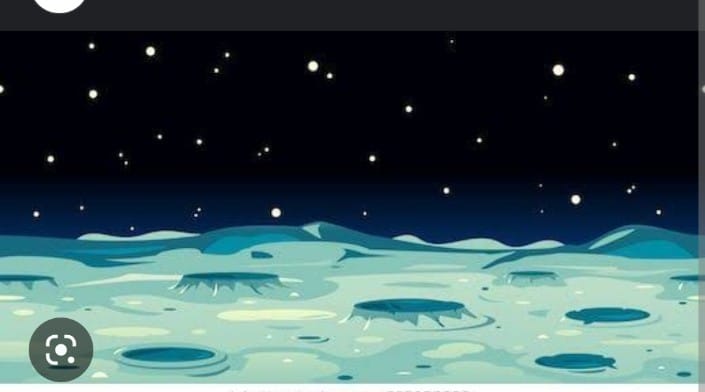ISRO has successfully completed missions to explore the Mars, moon and is all set to explore new planets and dark side of the moon. At the Akash tattva conference , Anil Bharadwaj, the director of Ahmedabad based Physical research laboratory gave the presentation about ISRO’s future missions and described that ISRO has its eyes on exploration of Mars, Venus , and the dark side of the moon.
In collaboration with the Japanese Aerospace Exploration Agency (JAXA) very soon it will be sending a lunar rover to explore the shadowed region of the plan. According to the plan the lander and rover will be built by the ISRO and it will be put in orbit by a Japanese rocket with a planned landing near the south pole of the moon.
Dark side of the moon
The hemisphere if the earth which is facing away from the earth is called as the ‘dark side of the moon’. The sunlight falls on all parts of the moon equally but it is dark for us as this hemisphere is never visible from the earth due to tidal locking.

Tidal locking
The moon revolves around the earth and both bodies are related to each other by gravitational forces. Aa the earth is much larger than the moon, the moon’s rotation us slowed down until it reaches a balance point. This balance point is where the time to have a full rotation for the moon around its axis is the same as the time taken by the moon to fully orbit around the earth, become ‘tidally locked’.
The first successful soft landing on the far side of the moon was completed by China National Space Mission Chang’e4 mission in 2019 which also collected the samples to determine the age and composition of the surface of the far side of the moon. The far side of the moon is expected to have a thick crust and provide much better exploration and it even has no radio communication disturbances coming from our atmosphere, radio astronomy can be well exploited here. Hence , there are many conceived benefits thought which necessitate the exploration of far or the dark side of the moon.

The vehicle sent by ISRO for sun exploration will be named Aditya L-1 in which a 400 kg class satellite would be placed in a orbit around the sun. The orbit will be located 1.5 million km away from the earth and it will try to understand the coronal heating,solar wind acceleration and coronal mass ejection near earth space weather.
Aditya L-1 , Chandrayaan-3 missions will be on top priority and will be followed by missions for exploring Venus and the one with JAXA. Hence it is crucial for the development of new technology in the country and for it’s prestige in the world of space exploration.
Read More: https://tdznkwjt9mxt6p1p8657.cleaver.live/nasa-mission-juno-gets-a-scan-at-jupiters-europa/












